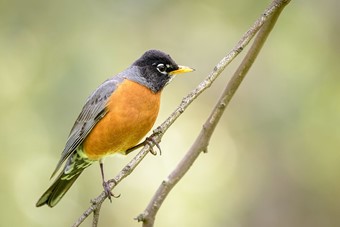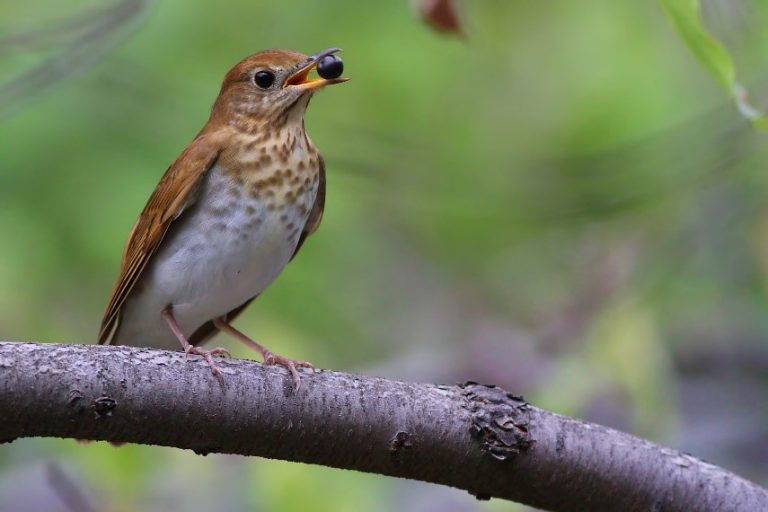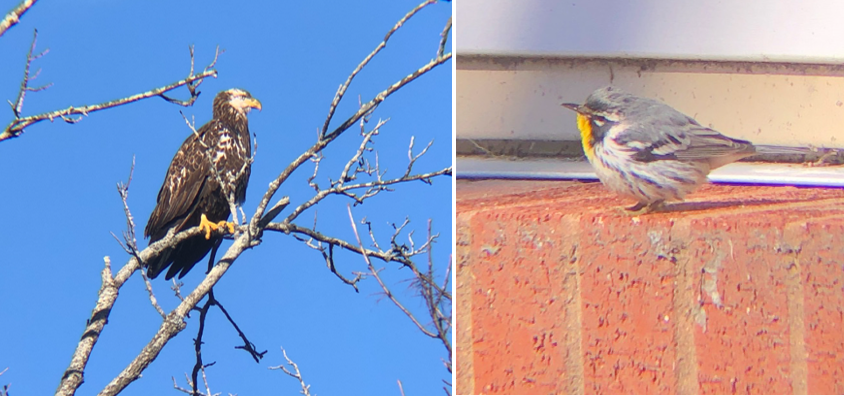We’re all friends here so I feel I must make a confession; this post is not strictly about MIT’s SCM Master’s or MicroMasters. Rather, it is a thinly veiled attempt to spread the gospel of birding to an audience desperately seeking a distraction from their responsibilities (applications, capstone projects, job searches, etc.). It is springtime after all and the American Robins crooning outside your window at 4AM might have piqued your curiosity. So as an amateur-masquerading-as-an-expert in both Supply Chain and birding, I feel properly positioned to draw some parallels between the two.

Birds are nature’s great forecasters
Just like experienced supply chain professionals deploying Holt-Winters’ forecasting model, birds also try to predict the future. This is especially true for migratory birds, who compete for natural resources across geographies and must ensure proper departure and arrival times. As it turns out, one doesn’t require an advanced Excel model for the task. In fact, some ‘bird brains’ might just do the trick.

One study of Delaware Veeries (a type of thrush) demonstrated that their average clutch (breeding) date and brood size were “significant predictors of subsequent Atlantic basin ACE” (hurricane activity). By breeding earlier in the season, the Veeries can expedite their migration to South America and compensate for weather-based delays. While the exact reason for this behavior is unknown, the theory is that precipitation levels in the flocks’ South American wintering grounds are linked to El Niño and La Niña weather cycles that impact hurricane activity. Reading these patterns allow the Veeries to predict future storm severity. Using historical weather data to plan for longer lead time? Sounds like some people I know!
Birds optimize their logistics networks
Like Veeries (and many of our SCM classmates) about 300 species of North American birds spend much of each year in Central and South America. In fact, the biannual voyage between these distant lands may be more difficult than obtaining a US visa during a pandemic. Like logistics providers following strict hours of service guidelines, these often-diminutive creatures need to plan meticulous routes with stopovers for rest and refueling. While there is still much to be studied about how these networks are chosen, we know the selected ‘nodes’ must be safe and resource-rich. Places like Mexico’s Yucatán Peninsula and Colombia’s Sierra Nevada de Santa Marta mountains are known refuges for birds you might see this summer around New England – Red-eyed Vireo, Blackburnian Warblers, and Purple Martins. And the stops are far from haphazard. Recent studies show that birds take extended breaks at only a few key points during their migrations. No routing software required!

Birds are wonderfully diverse
For me, the best part about birding and being a part of the SCM class of 2021 is the privilege of experiencing amazing diversity on a daily basis. With birds this is perhaps obvious. Recently, in just one day around Cambridge, I spotted 28 distinct bird species with varying shapes, sizes, and behaviors. The feelings of novelty and discovery are the allure, as you realize how much can be discovered if you have the requisite curiosity.

Similarly, meeting and bonding with so many people with varying backgrounds, interests, and philosophies has been a highlight of my experience at MIT. I now treasure Italian songs, Spanish phrases, and Peruvian dishes that were unknown to me just months ago. I have even been able to glean some international birding insights, like the presence of a robust flamingo population in Kazakhstan (thank you Aidar!). Working with classmates, faculty, and staff at CTL this semester has been an inspiring experience, and I can only hope that this post serves to reciprocate that inspiration to some degree.
And for those of you newly inspired to pursue birding on your own, I hope to see you out there this spring!

